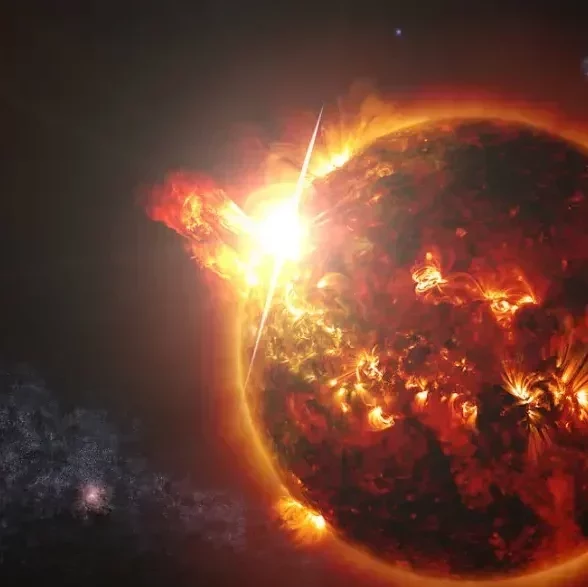Space Weather has its origin on the Sun, but many of its consequences have severe effects on the Earth’s magnetosphere, as well as on the upper layers of the atmosphere, including the ionosphere. These effects change depending on the levels of solar activity, being influenced by phenomena such as solar flares and Coronal Mass Ejections (CME). During these extreme events the number of particles coming from the Sun – as well as their energy – increases, taking the name of Solar Energetic Particles or SEP. As a consequence, the level of interaction of such particles with the magnetic environment around the Earth increases as well, leading to the formation of geomagnetic storms. Although high latitude regions are the most affected – leading to an increase in the conductivity of the lower layers of the ionosphere – there have been a few events in the recent history with a more “global” impact.
However, it is not only solar particles that influence Space Weather; the Galactic Cosmic Rays (GCR) come into play in a non-secondary way in the formation of the Space Weather itself, mostly through the interactions with the Heliosphere. These interactions are not stable over time, indeed the heliospheric environment is extremely turbulent and variable over time, thus causing changes in the flux of GCRs that reach our planet.
Although Space Weather has an increasingly crucial impact in a society that makes Space one of its most desired destinations, the study of the phenomena listed above is not yet complete. Many missions, launched in the last ten or twenty years, devote part of their activities to the study of Space Weather and related phenomena.
The CSES space missions measure electrons, protons and light nuclei in an energy range from KeV to few hundreds MeV, and are able to monitor GCR Solar Modulation, to detect SEP and CME and to study the consequent triggered geomagnetic storm, even of small intensity.
RESULTS
